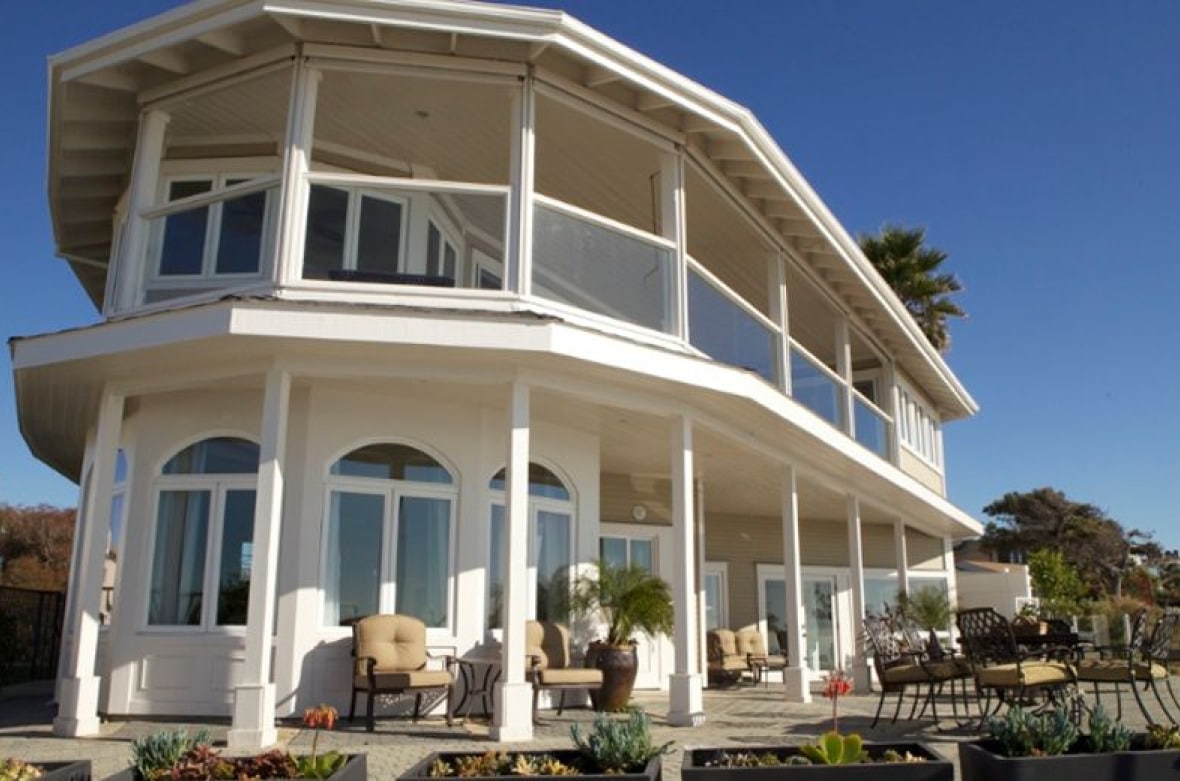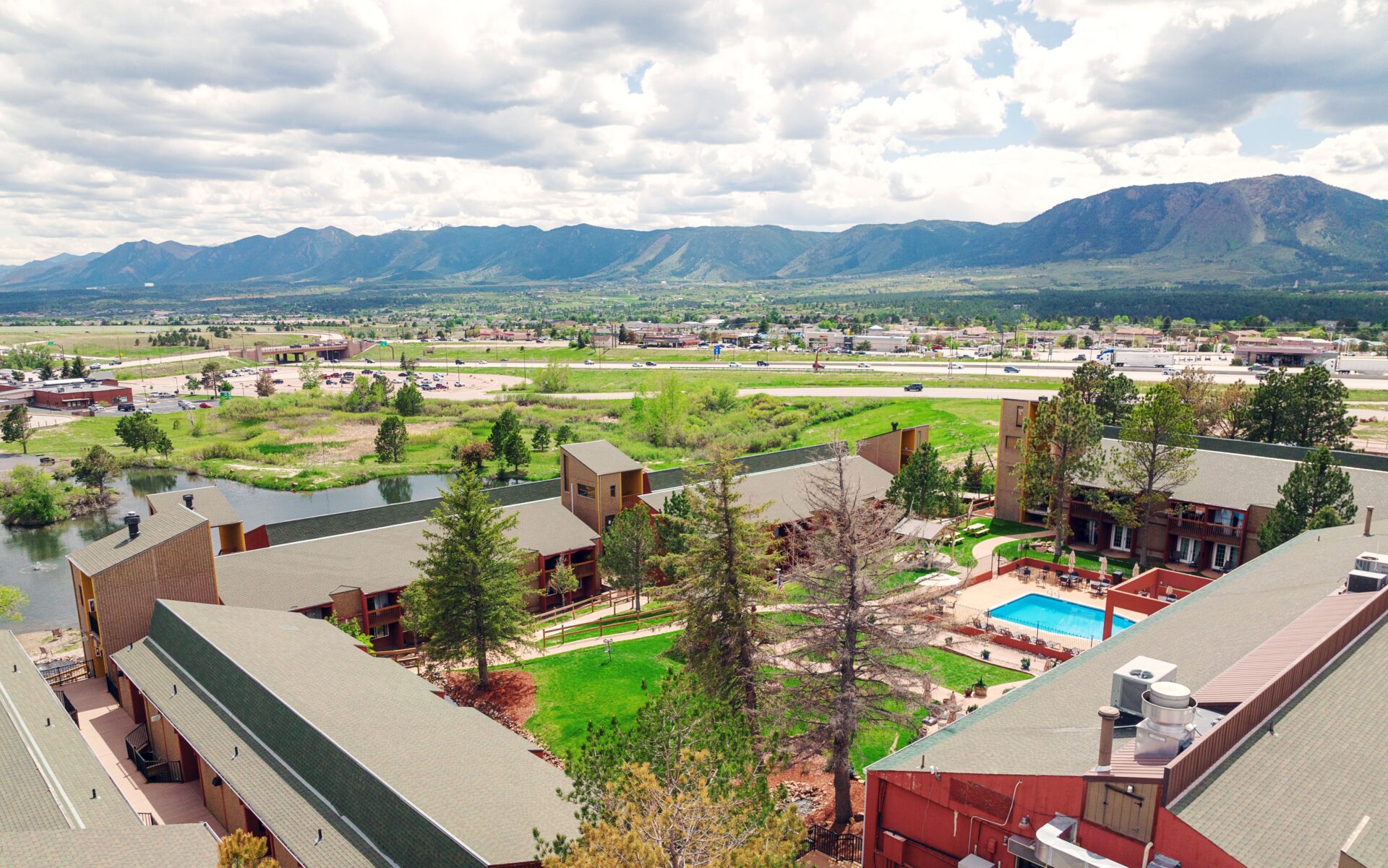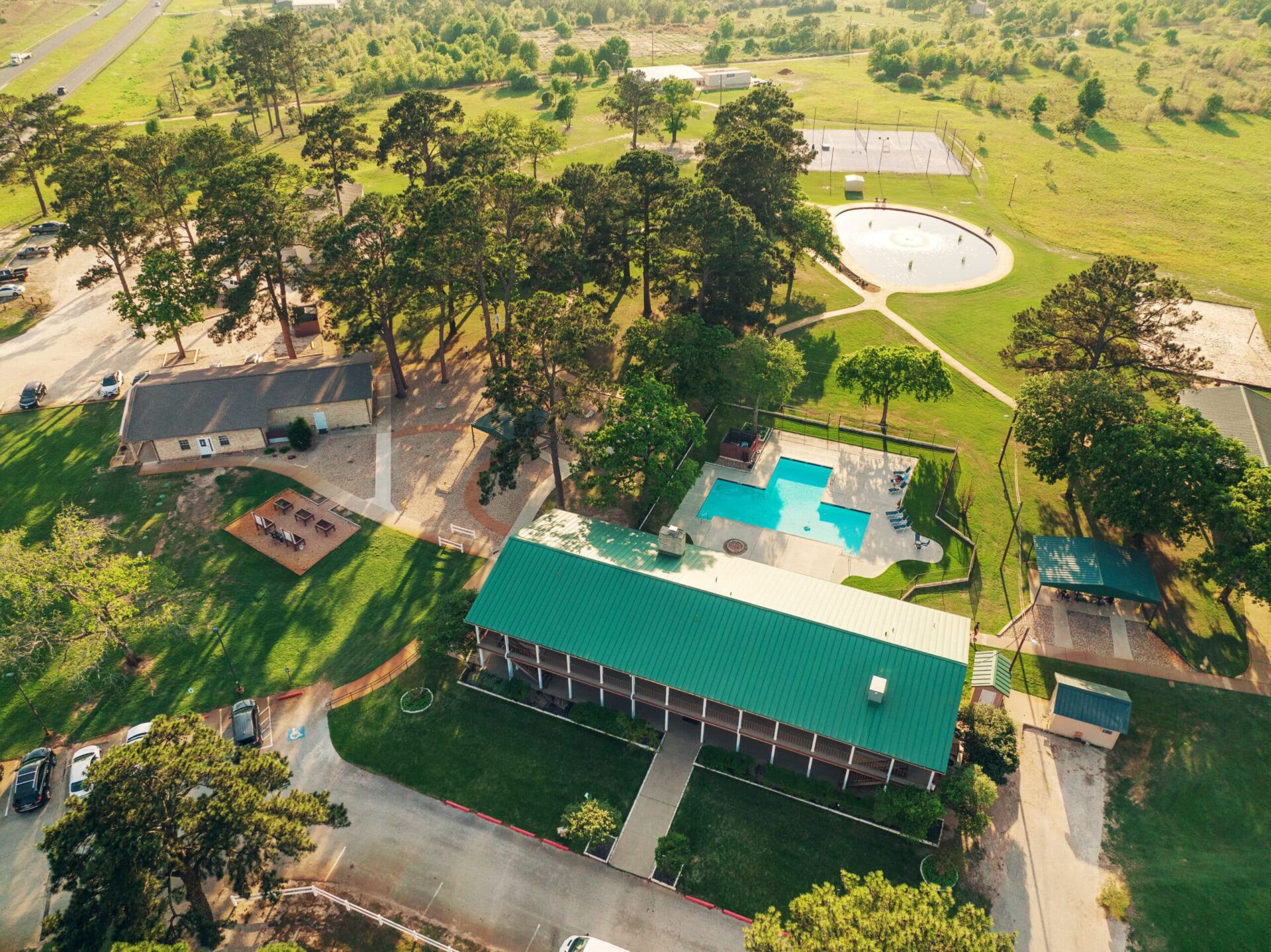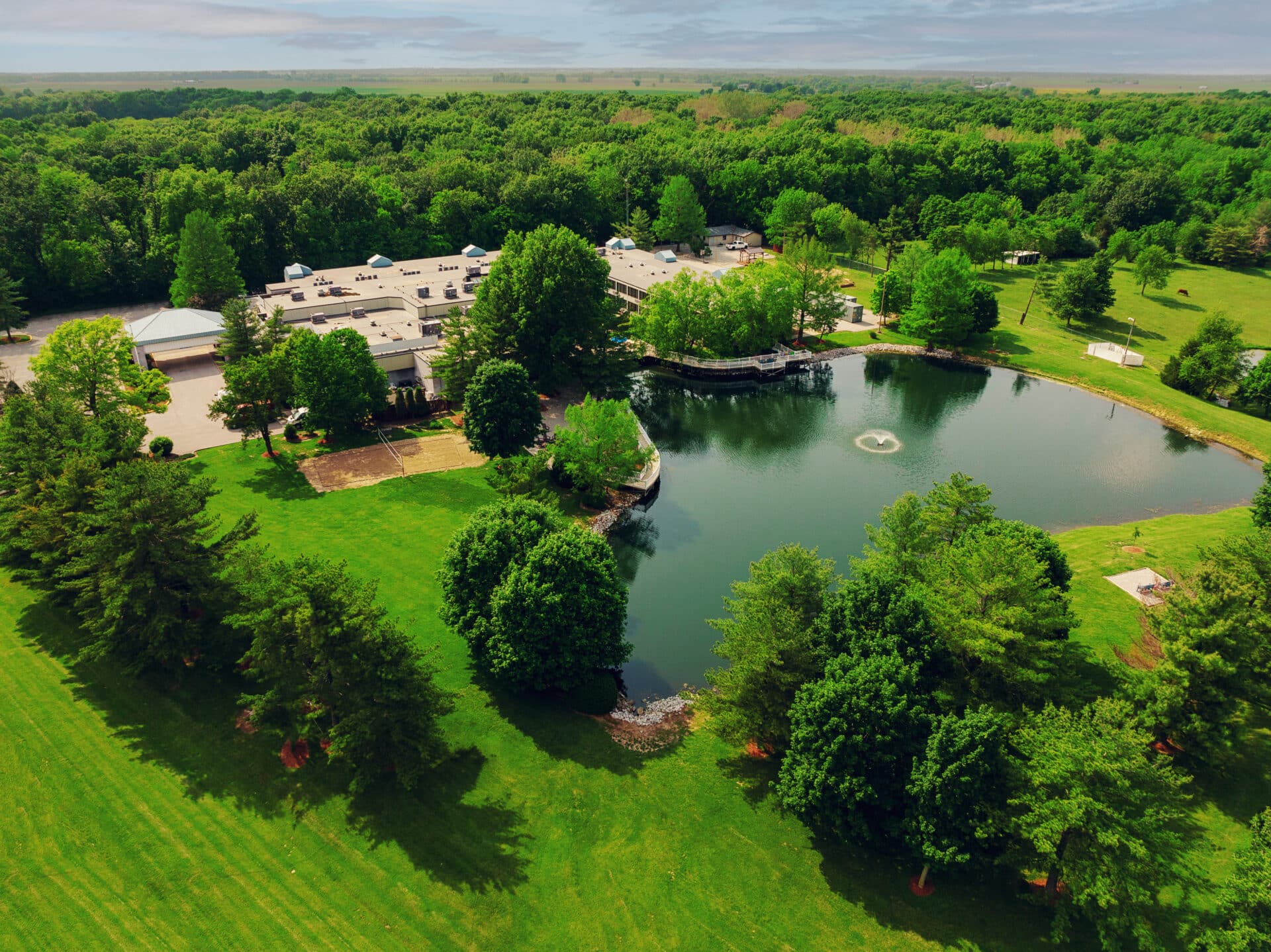
Monarch Shores, Orange County, beachfront house
TAKE THE FIRST STEP
Best Rehabs in Santa Ana, California
Upscale inpatient rehabs with Non-12-Step program options.
- Keep your phone and laptop
- Safe 24/7 monitored detox
- Non 12-step & holistic options
- Dual diagnosis programs
- Beachfront facility
- Thorough aftercare planning
- Private rooms at Chapters Capistrano
Sometimes talking over the phone is easier. We’re here to listen to your questions and help you get answers. Call us at:
 555-555-5555*
555-555-5555*
*HIPPA Compliant and 100% confidential
KEEP YOUR CELL PHONE & LAPTOP
Typically, treatment centers do not permit cell phone or laptop use, but at both Chapters and Monarch Shores, our clients are allowed to engage with outside responsibilities.
Best Rehabs in Santa Ana, California
If you’re in need of addiction treatment, then it’s likely that you’ll be looking for the best rehabs in Santa Ana, California. Finding a top-of-the-line addiction rehab is essential because you want the best experience of beginning your recovery from substance or alcohol abuse possible.
Some research shows that when a person begins a treatment program, their connection to it can make all the difference in the success of recovery, so it makes sense that if you want to enjoy a truly successful recovery journey, you’re going to want to find one of the best rehabs you can that offers treatment models you can relate to.
Best Rehabs in Santa Ana, California
So, how do you find and choose the best rehabs in Santa Ana, California? A good place to start is to have a clear picture of what you would like to see in a treatment facility. For example, do you want an amazing setting? Does the ability to focus on work while you’re away matter to you? Do you want to stay in a luxurious setting that offers a spa-like experience? What kind of treatment would you be interested in?
Once you’ve decided what you’re looking for, you can begin to look at some of the best rehabs in Santa Ana, California. To help make the process easier, we’ve compiled a list:
Chapters Capistrano
Divided between two luxurious houses is Chapters Capistrano. Here, you’ll find a top-of-the-line luxury rehab experience that provides comfort, compassion, and care to every client that chooses to attend treatment. With private rooms, close to the ocean and loaded with treatment models that are proven effective, this is one of the highest-rated addiction treatment facilities in the area.
The staff at Chapters Capistrano understands that there are times when people have unique needs when it comes to overcoming addictions and works to provide a unique recovery experience that is truly effective.
What you’ll find at Chapters Capistrano:
- Technology friendly
- Private rooms
- Near the ocean
- Luxury facilities
- Variety of treatment options
- Personalized treatment programs
When you choose to attend addiction rehab at Chapters Capistrano, you will find it possible to overcome your addiction and enjoy the experience while at it.
Website: Chapters Capistrano
Address: 1525 Buena Vista, San Clemente, CA 92672
Phone: 877-773-9903
Monarch Shores
Monarch Shores is another high-quality rehab center in San Juan Capistrano, California. They offer same-day admission and several options for inpatient and outpatient rehab. Monarch Shores has superb facilities, great nature views, and caring staff to meet your needs. Some of the notable features of this rehab include:
- Full-fledged facility: You don’t have to transfer from medical detox to outpatient treatment — you can have your full treatment in Monarch Shores from intake to aftercare.
- Technology-friendly: Monarch Shores understands the busy lives of every patient. They allow the use of laptops and other gadgets for work and keeping in touch with loved ones.
To contact Monarch Shores, you may use the following details below:
Phone: (888) 383-0628
Address: 27123 Calle Arroyo #2121, San Juan Capistrano, CA 92675
Website: Monarchshores.com
Other Addiction Rehab Options
Even if you discover that the best addiction rehab in Santa Ana, CA isn’t the one for you, you should know that there are treatment facilities all across the country. So, even if you wind up traveling for treatment to another state like Texas, Colorado, or Illinois, you’re sure to find a facility and treatment program that meets your needs.
Truly, while finding an excellent rehab can feel difficult, when you find the right one for your needs, it can make your recovery journey much more enjoyable.
Mountain Springs Recovery
Mountain Springs Recovery is one of the best treatment centers near Boulder, CO. Located at a quiet, serene spot in Colorado Springs, this addiction treatment center has beautiful facilities and specialists who provide personalized care.
As a full-fledged center, Mountain Springs Recovery cares for every aspect of substance use disorder, starting with detox treatment and aftercare. Patients choose this center because of its great features, including
- Technology access: You don’t have to give up your cell phone, laptop, and other gadgets. There’s access to WiFi for you to complete tasks or stay in touch with loved ones.
- Treatment options: From 12-Step to Non-12 Step, there are many treatment options, depending on your unique background and preferences.
- 24/7 care: Most people need round-the-clock care to manage withdrawal symptoms during the first few weeks of detox. Mountain Springs has 24/7 medical care, keeping patients safe and comfortable.
- Top facilities: Clean rooms, beautiful views, and access to recreational facilities make the treatment center an excellent choice for people seeking the best value for their resources.
For more about Mountain Springs Recovery, feel free to contact the contact details below.
Phone: 888-383-0628
Address: 1865 Woodmoor Dr, Monument, CO 80132
Website: https://mountainspringsrecovery.com
Lincoln Recovery
Lincoln Recovery – At Lincoln Recovery, the goal is to help all clients see that recovery is not only attainable, but it is also maintainable. With a combination of group and individual treatments, resort-like amenities, the ability to choose the treatments you want to try, and the chance to build a community of others going through recovery, too, clients find that they have the potential to overcome their addictions much more easily than if they tried it alone.
Stepping into the quiet retreat that is Lincoln Recovery is just the first step of enjoying this supportive, immersive recovery experience.
What Lincoln Recovery clients can expect:
- Stay in touch with loved ones from the beginning – No blackout period
- Large, quiet campus in Rural Illinois
- Restaurant-style meals and snacks – prepared by a chef
- Meditation Room
- Indoor pool
- Workout room
- Regularly scheduled outings and activities
- Private rooms and bathrooms
- On-site detox
- Partial hospitalization, Inpatient, and IOP treatment options
Lincoln Recovery might be just what you’re looking for ways to make long-term recovery from your addiction a reality.
Phone: 888-383-0628
Address: 19067 W. Frontage Rd., Raymond, IL 62560
Website: LincolnRecovery.com
Willow Springs Recovery
Willow Springs Recovery – Willow Springs Recovery is one of the premier rehab options in Dallas, Texas, and for a good reason. The sprawling 38-acre campus offers plenty of room to explore, enjoy activities and relax. Some clients say they are staying at a resort while working on their addiction recovery at Willow Springs, which is precisely how they are supposed to feel. This top-of-the-line facility encourages clients to make the most of the quiet and dig in and enjoy all that recovery has to offer. In addition, an on-site detox ensures that clients get the best care – from intake to completion – so they can enjoy a successful recovery journey.
What you’ll find:
- Keep your phone and computer
- Pool, gym, and recreational activities
- Off-campus outings
- Healthy, chef-prepared meals
- Special dietary food preparation
- Individualized treatment plans to meet client needs
- Wide variety of treatment options
- Highly trained staff
Willow Springs Recovery believes that treatment should be enjoyable and that transitioning from active addiction to recovery should be smooth and gentle. You want to keep seeing the changes and beauty of living clean and sober every day.
Medical disclaimer:
Sunshine Behavioral Health strives to help people who are facing substance abuse, addiction, mental health disorders, or a combination of these conditions. It does this by providing compassionate care and evidence-based content that addresses health, treatment, and recovery.
Licensed medical professionals review material we publish on our site. The material is not a substitute for qualified medical diagnoses, treatment, or advice. It should not be used to replace the suggestions of your personal physician or other health care professionals.




